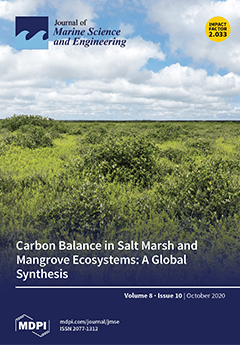Svalbard archipelago is experiencing the effects of climate changes (i.e., glaciers’ thickness reduction and glacier front retreat), but how ice melting affects water biogeochemistry is still unknown. Microbial communities often act as environmental sentinels, modulating their distribution and activity in response to environmental variability. To assess microbial response to climate warming, within the ARctic: present Climatic change and pAst extreme events (ARCA) project, a survey was carried out along a transect in Konsfjorden from off-shore stations towards the Kronebreen glacier. Total bacterial abundance and the fraction of actively respiring cells (labelled by cyanotetrazolium chloride, CTC), cultivable heterotrophic bacterial abundance, and extracellular enzymatic activities (leucine aminopeptidase (LAP), beta-glucosidase (GLU), and alkaline phosphatase (AP)) were measured. In addition, water temperature, salinity, dissolved oxygen, turbidity, total suspended matter (TSM), particulate and chromophoric dissolved organic matter (CDOM), chlorophyll-
a (Chl-
a), and inorganic compounds were determined, in order to evaluate whether variations in microbial abundance and metabolism were related with changes in environmental variables. Colder waters at surface (3.5–5 m) depths and increased turbidity, TSM, and inorganic compounds found at some hydrological stations close to the glacier were signals of ice melting. CDOM absorption slope values (275–295 nm) varied from 0.0077 to 0.0109 nm
−1, and total bacterial cell count and cultivable heterotrophic bacterial abundance were in the order of 10
6 cells/mL and 10
3 colony forming units/mL, respectively. Enzymatic rates <1.78, 1.25, and 0.25 nmol/L/h were recorded for AP, LAP, and GLU, respectively. Inorganic compounds, TSM, and turbidity correlated inversely with temperature; AP was significantly related with CDOM absorption spectra and heterotrophic bacteria (r = 0.59, 0.71,
p < 0.05); and LAP with Chl-
a, Particulate Organic Carbon (POC) and Particulate Organic Nitrogen (PON) (0.97, 0.780, 0.734,
p < 0.01), suggesting that fresh material from ice melting stimulated the metabolism of the cultivable fraction.
Full article





